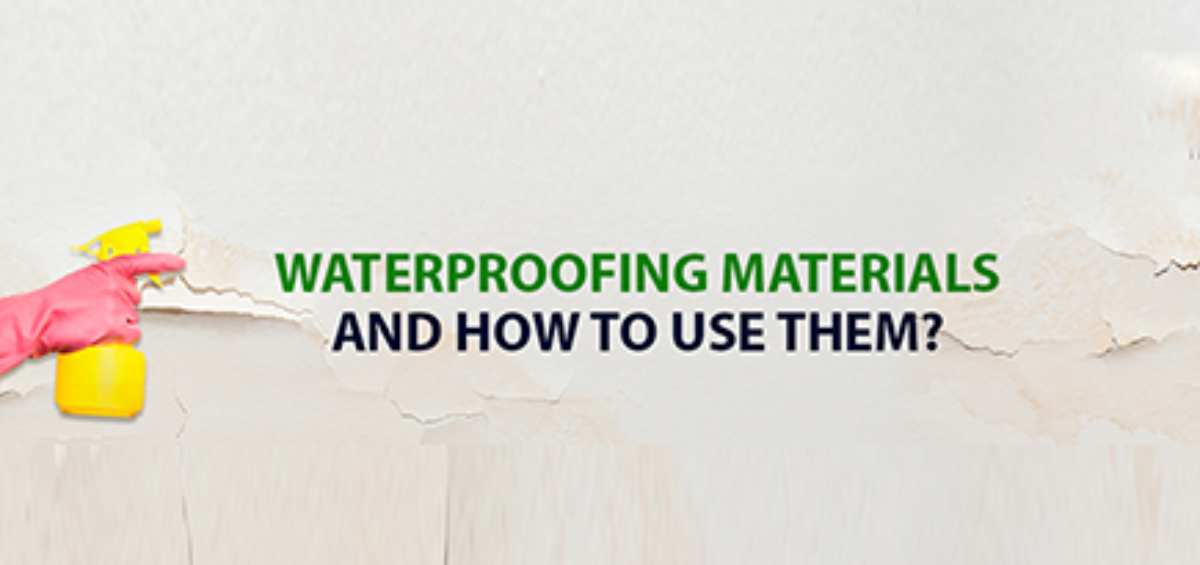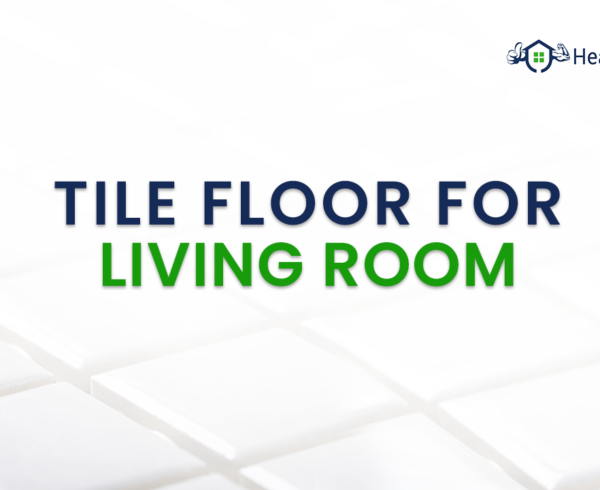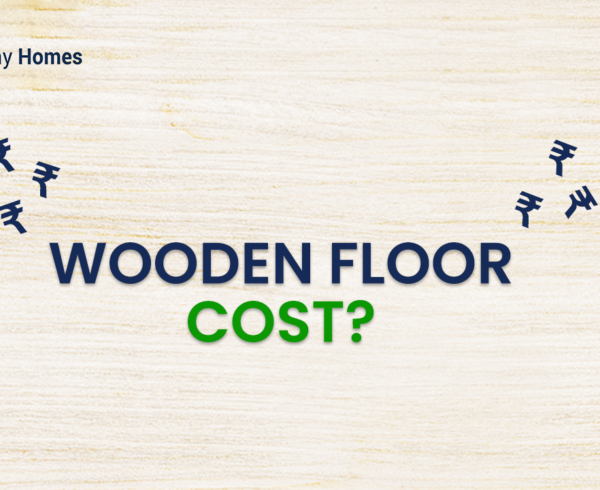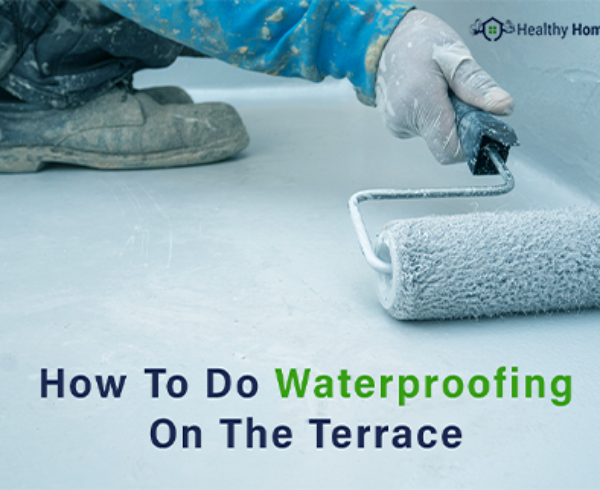In this article, we aim at giving our readers a better clarity on the materials that are used in waterproofing materials. We also aspire to give our readers the methodology to use these materials to achieve a damp-free and moisture-free terrace.
People who have been living in long-built houses have faced one problem that is not unique. The fact that all these inhabitants have faced water seepage issues is as inevitable as ever. Water seepage through ceilings is a problem that is extremely grave and requires prompt action. In houses where the roofs are in a poor condition, water seepage takes place even on days of low rainfall.
In this article, we not only address the elephant in the room but would also provide our readers with the names of the chemicals and materials that are used in waterproofing the terrace and their benefits.
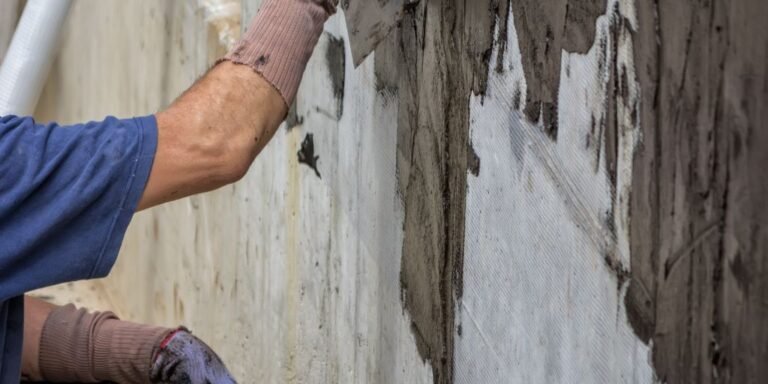
Let’s now get into the waterproofing materials that are being widely used.
The Most Widely Used Chemicals In The Business
-
Polyvinyl Chloride Waterproofing Membrane
This is the first material that is used in the process of waterproofing the terrace. This is the ingress protection that protects the structure and the surface from air and water. Water is not the only factor that is responsible for affecting the structure and making it weak, but other factors are air and vapor. The membrane that is coated on the structure, therefore, provides longevity.
-
Bituminous Membrane
This is the membrane that provides a coating on both commercial and residential buildings. This is one of the most essential criteria of the bituminous membrane. An easy membranous coating is obtained by mixing the bitumen and other chemicals that are widely known for protecting surfaces from hazardous factors. Keeping in mind all the benefits of this membranous coating, it should be also kept in mind that this is the coating that does not harm nature. It is cent percent eco-friendly and is widely popular and advisable for this very reason. Yet another factor that makes this waterproofing material better than the others is its low application cost. Unlike other waterproofing materials, this is the one that is cheap and easy to apply.
- The third variant of waterproofing coating material is thermoplastic. A widely used and popular amongst the group, this waterproofing coating material is the one that gives its user maximum longevity. The longevity is around fifty years and is one of the very many reasons for its major usage. The material is first required to hear at an adequate temperature. The heating causes the thermoplastic material to attain a liquid and solid interface. Most of the time, this waterproofing material is used for covering sheets and panels that need ingress protection. One of the fundamental materials in this waterproofing material is the elastomer. Due to the presence of the elastomer, the thermoplastic becomes flexible and endures greater tension on the surface without the structure getting affected in any way whatsoever. A disadvantage of this waterproofing material is its high application cost. At times, there are instances of people using waterproofing materials that are of a lower price, keeping in mind the fact that the high application price of this waterproofing material is often not affordable.
- The fourth, and yet another waterproofing materials that grabs attention is the rubberized asphalt. This waterproofing material is used uniquely in commercial buildings where it provides ingress protection to the structure from water and air. A very attractive factor of this waterproofing material is that it provides a significantly low permeability to air and vapor. It also keeps the structure in check from various other climatic conditions that threaten to make the structure weak. This material, unlike the other waterproofing materials, takes very less time in drying. The drying time of this waterproofing material is around three to four hours.
1. EPDM RUBBER–
Saving your terrace or roof from water seepage is no more a concern. This waterproofing material is uniquely prepared to protect your roofs from all kinds of harsh environmental conditions. Choosing the right thickness of the waterproofing material is no more cumbersome, as this waterproofing material comes in two variations. One in forty-five mils and the other of sixty mils. A property similar to most other chemical substances, this waterproofing material can contract and relax in accordance with the environmental temperature.
2. Cementitious Coating–
This is yet another waterproofing material that is found on the market. The raw materials that go into preparing this waterproofing material are sand, some organic and inorganic substances in addition to some silica-based materials. This is the waterproofing material that is not only a good option but is chosen and preferred by contractors as it is easy to prepare and apply. A criterion that one has to keep in mind is the amount of water that goes into making this waterproofing material. It is imperative to add the right amount of water and apply the mixture at a correct consistency. This is one of the cheapest methods of waterproofing and is widely accepted.
3. Polyurethane–
This is a waterproofing material that is responsible for working at the root of the problem. The coating on the application seeps into the surface and protects it from any harsh conditions.
Chief Points To Keep In Mind Before Using Waterproofing Materials
We do not want our hard work to go into vain, Do we? We, therefore, recommend you abide by the following steps before using these waterproofing materials on your terrace.
- The primary step is to clean the roof. This step is essential as dust, rust, grease, or paint can present on the rooftop and can affect the process of waterproofing. On removal of any undesired particles, the adhesion of the waterproofing material will be flawless.
- Following the first step, is the one where one must scrutinize the surface properly. One must check the places that allow water stagnation, if any, and needs to fix those first. One should not only check the flaws but also should check the presence of a system that will allow water disposal and collection.
- Subsequently, on completion of the above two steps, the third step is to prepare the roof for the application of the waterproofing material. Considering the type of roof one has, one should choose the waterproofing material accordingly. We will prove our readers with the best choice of waterproofing materials shortly.
- Bituminous membrane- If one uses a waterproofing material to fix this surface, he must coat the area that has undulations.
- Concrete Surface- In the case of a concrete substrate, it is imperative to ensure that the structure is well-built.
- Tiled Floor- To use waterproofing materials on tiled surfaces, it is important to remove the row of tiles first measuring up to twenty centimeters. One must definitely remove the undulations that might be present on the substrate. On the successful completion of the coating of the waterproofing material, one should clean the surface with acid so that no mortar is left behind.
The second last point that one should keep in mind is the checking and restoration of the joints and wells. The last step is to check for the waterproofing of the joints and plumbing.
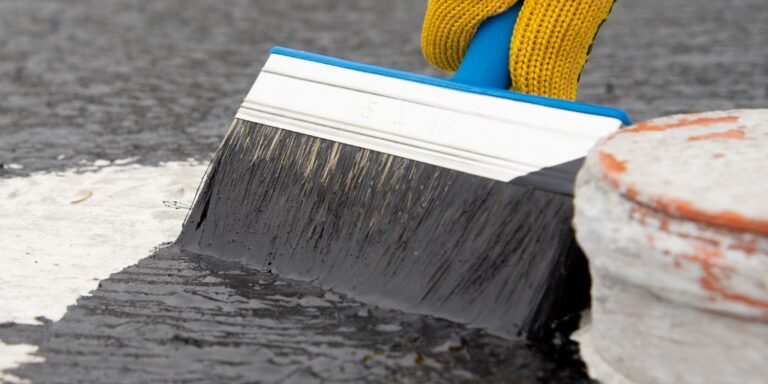
Some Of The Waterproofing Materials That Are Used In The Indian Climate
In this section of the article, we would like to present a list of some of the best waterproofing materials for the Indian climate that are widely popular. They are as follows:
1. Materseal –
- Introduced by BASF South Asia
- The chemical present is the polyurea membrane
- This waterproofing material is mainly used on all kinds of buildings.
2. Krytonite
- Introduced by the Krytonite Buildmat Co. Pvt Ltd.
- This is a waterproofing material that is used in construction.
- Has a swelling capacity that can withstand hydrostatic pressure.
3. Dr. Fixit LEC
- Introduced by Pidilite
- This provides a shield against heat
- Newcoat and Newcoat Coool
4. Introduced by Pidilite
- This waterproofing materials is used for terrace repairing
- Bridge Deck Waterproofing
- Introduced by STP Ltd
- Ingress protection against water
5. Proofex
- Introduced by Fosroc Chemicals India Pvt Ltd.
- This waterproofing material is for the part of the surfaces that are often impossible to get access to.
6. Polyureasystem-
- Introduced by Fosroc Chemicals India Pvt Ltd.
- A waterproofing material that functions as a membrane and even in coating and lining.
- Unlike the other, the waterproofing material is sprayed on the substrate.
- This waterproof material gives longevity and high durability.
7. Some of the other notable waterproofing materials that can be used in the Indian climate are
- Zentrifix-Elastic
- KEM proof 87
- PeterSeal

Intending to give our readers adequate information on waterproofing materials, we hope to have satiated all your curiosities about waterproofing materials and their benefits.
Healthy Homes with its expert and experienced technical team can assess and repair external walls. Give us a call today on 1800-419-4647.

